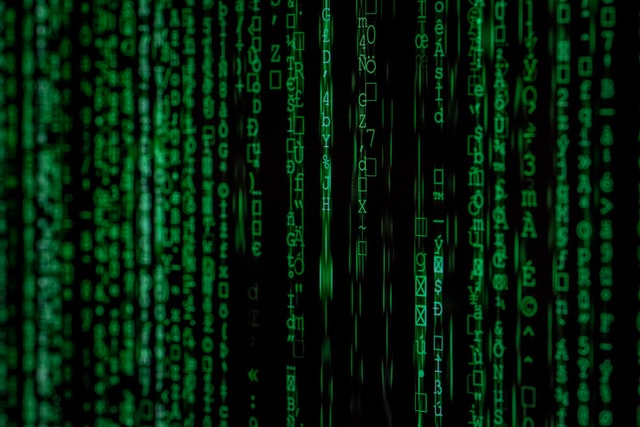Simulacrum vs. Corporeality
 Genevis
GenevisOriginal post: here.
In the last post, we discussed how all programs have properties and that all properties are programs themselves. This post is a brief example of how properties can be used in beginning to formalize discussions around differentiating living versus non-living programs.
In ALife, the universal question has always been "what is life?". Even Schrodinger knew this question was the critical one. Till this day, there is yet no great definition of what makes something living. And this may not change anytime soon.
However, in this post I would like to discuss how we might begin to differentiate between biological organisms and artificial life software or between biology and simulations of biology.
What are the differences between actual programs and simulations of those programs? Properties.
Let's take a single example. We have three "hinge-like" objects: the human-knee, a mechanical joint, and a molecule that can bend in a hinge-like manner under certain thermodynamic conditions. What are the differences between these three objects? They are all "hinge-like". How would we clearly make a distinction?
Well, we are discussing these objects in terms of a shared set of properties. In this case, the fact that they are all "hinge-like". But, once we look at the properties that they do not share then we are capable of making a distinction.
Thus, the total set of properties of a program are how we measure its distinctiveness from similar programs. When we talk about simulations of programs then we must specify which properties are precisely shared by the simulation program and the original program (and if we are really good then we must also specify which properties are not shared).
Why is this important? Because often in discussions of Artificial Intelligence and Artificial Life the argument of what a biological simulation means in terms of living/not-living is a philosophical conundrum. Focusing on property sets allows us to forgo any confusion around these topics.
Of course, that means that for any given program there is a verisimilitude metric that all simulacrum programs can be scored on i.e. how close to the real deal is the simulation? Thus, all simulations (like all models) are guaranteed to be "wrong" in some ways.
Subscribe to my newsletter
Read articles from Genevis directly inside your inbox. Subscribe to the newsletter, and don't miss out.
Written by

Genevis
Genevis
Theoretical Biology Research.